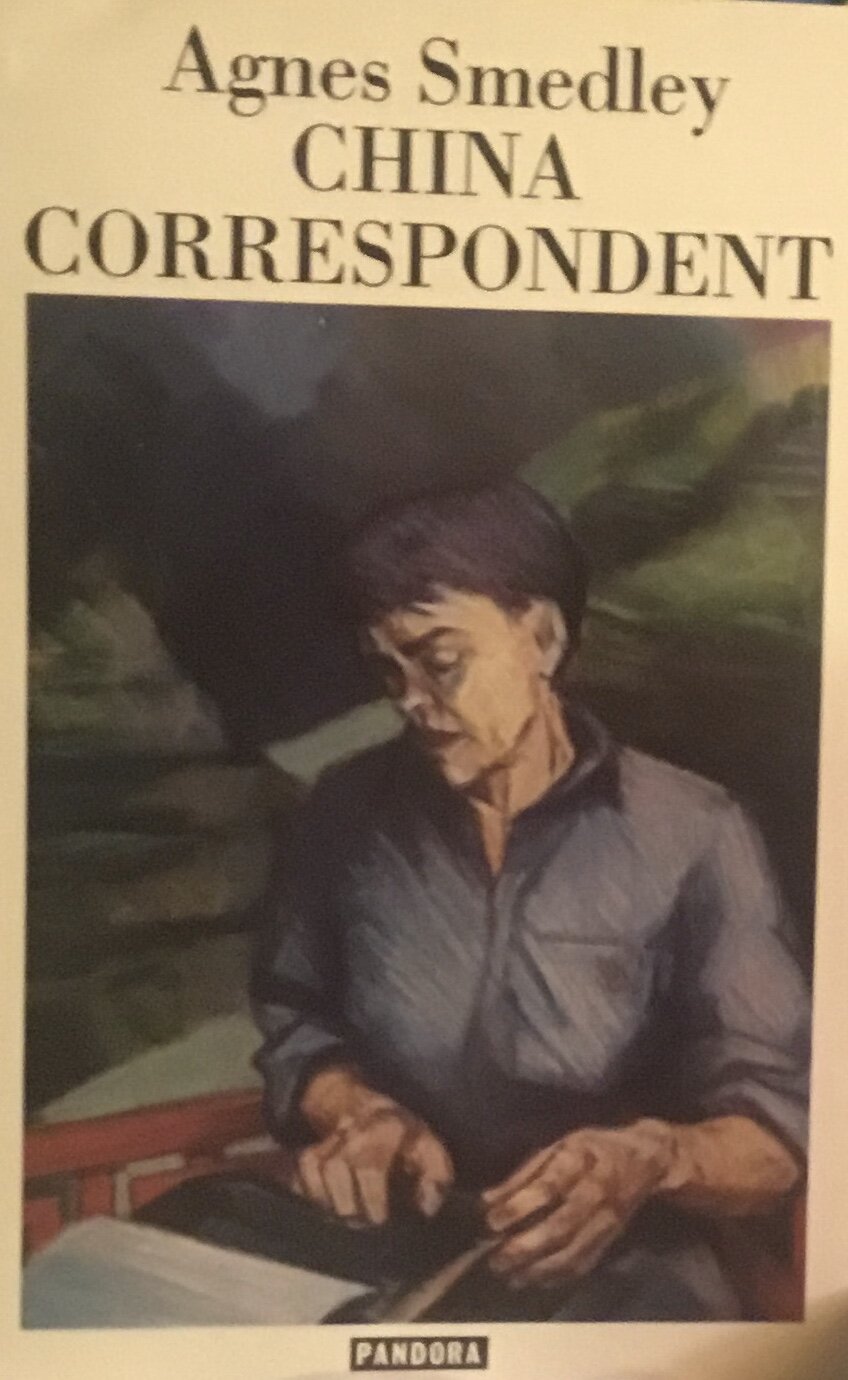All the Way to the Tigers by Mary Morris (Doubleday, release date June 6, 2020)
When Mary Morris shatters her ankle in seven places, she asks her surgeon, “Will I be able to go to Morocco in six weeks?” Instead she spends a year immobile and after another year she knows she’s unable to hike as much as a mile--she can’t even walk on a beach.
A travel writer and adventurer, Morris has been stuck at home far too long, suffering from travel envy. “I covet journeys,” she confesses. Turning to her husband, she says, “I have to get away”—and she knows where. During her motionless time, she read Death in Venice and was struck by the passage, “He would go on a journey. Not far. Not all the way to the tigers.” Reading these words over and over, Morris knows what she will do when she can walk again. She’s going all the way to the tigers.
To Morris, all the way doesn’t mean the heavily touristed area of Rajasthan. “Not Rajasthan, not Jaipur, no Taj Mahal,” she firmly tells her travel agent. Instead she heads for Madhya Pradesh in central India to the Pench Tiger Reserve, a place so cold “the bananas have frozen on their stems.” There’s no heat in her hotel except for the hot water bottle that Morris tossed into her suitcase instead of the warm clothing she was certain she wouldn’t need. Her throat hurts, her head aches, her cough is inexorable, and she has a six a.m. appointment with a car and driver that will take her off in search of the tigers.
This could easily become a tiresome account of a white lady’s buffered travels to satisfy a whim but Morris is far too skilled a writer to let this happen. Her strength is in describing what she sees and everything she sees is interesting to her. “Real travelers, like real writers, move through the world like a child. With a child’s sense of wonder and surprise.” Although the sight of a tiger becomes more improbable with every tigerless day, Morris begins not to care. Instead she marvels at the jackals and monkeys, the white-spotted and sambar deer, the birds with turquoise and black feathers and the ones with purple plumes. With lush and lyrical language, she makes the lushness that surrounds her palpable and thoroughly intoxicating.
In the same way, she intertwines stories of her life with her quest for the tigers in a quilt that is almost seamless, with colors that never jar. Her mother throwing her strings of pearls into the Mediterranean sea, laughing as she says. “I’ve been wearing them too long,” mirrors Morris’s release of her idealized tiger as she meanders, lost yet still observant, through a Mumbai slum.
“I am shaken by this fragile world,” she says while realizing that she will always carry the curse God gave to Cain: “You will be a restless wanderer.” Morris has turned that curse into the gift of “waking up each day afresh,” reaching for her passport, and heading off into a world that for her will always be new.~Janet Brown



















